Why, How and Who?
The value of a community space ranges from a place to gather and connect to a place to learn and develop skills that transcend the playground. One of the keys to designing a functional and enjoyable place for everyone in the community is creating something everyone can enjoy. In order to do this, we need to make certain it isn’t only accessible but that it’s fully usable for people of all ages and abilities.
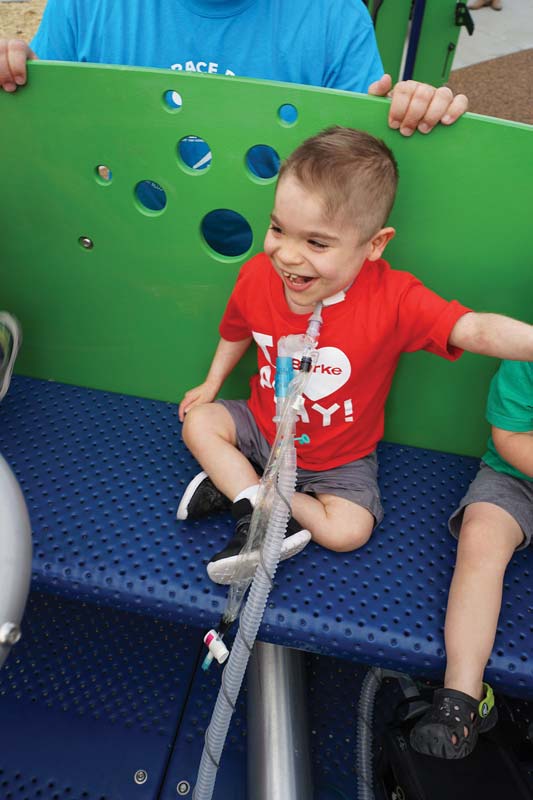
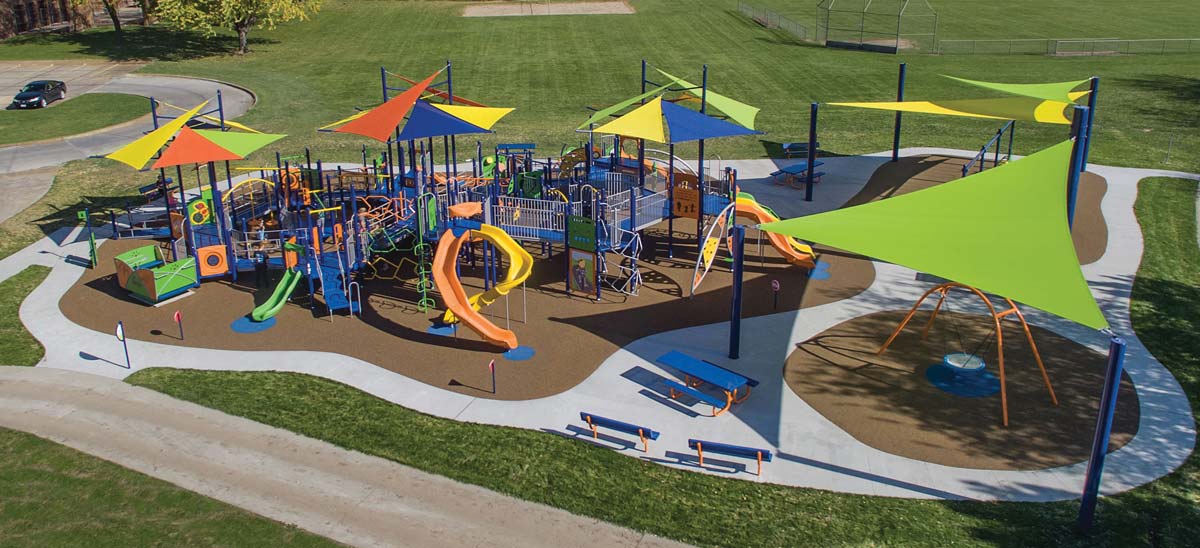
Getting children – and adults – outdoors offers benefits from Vitamin D to a stronger vestibular system to a greater self-reliance and better mood. Bringing everyone together outdoors can be accomplished by creating spaces such as Embrace Park in Norfolk, NE.
When designing Embrace, it was important to consider the full range of children and caregivers who would be visiting and using this play environment. The idea for Embrace Park was born because Emily Afrank, a pediatric physical therapist at a local hospital, began bringing her clients to parks to assess their needs. After realizing the existing parks weren’t meeting the needs of the children she was working with, she began researching what would work.
Following applicable standards for accessible routes, ground and elevated play components and for surfacing is a start but there are many more design considerations! Integrating play components that everyone can access and use, versus simply grouping all ground-level components together, is important for interaction and engagement of children of ALL abilities. Placing all components that a certain group can use in the same space limits interaction and perpetuates stigmas that we wish to minimize within the playspace. In addition, placing play components of different levels of difficulty near each other gives children of differing ages and abilities the opportunity to play in the same space resulting in growth, empathy and learning for each child.
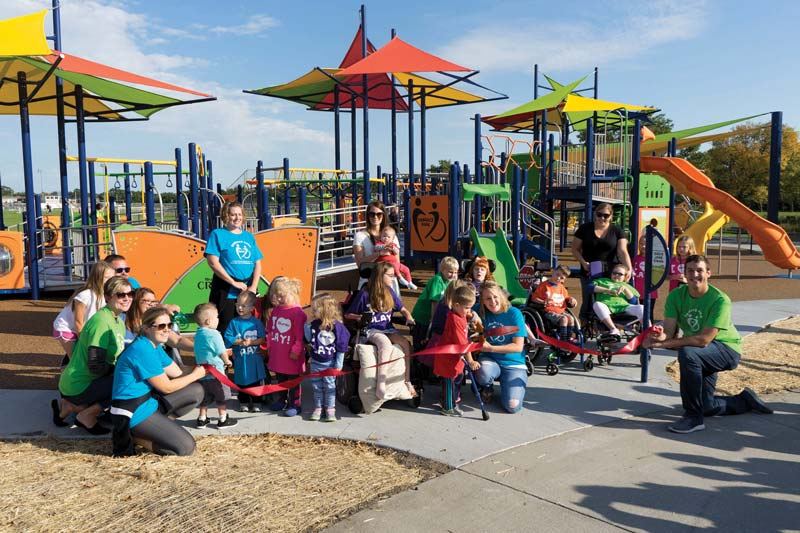
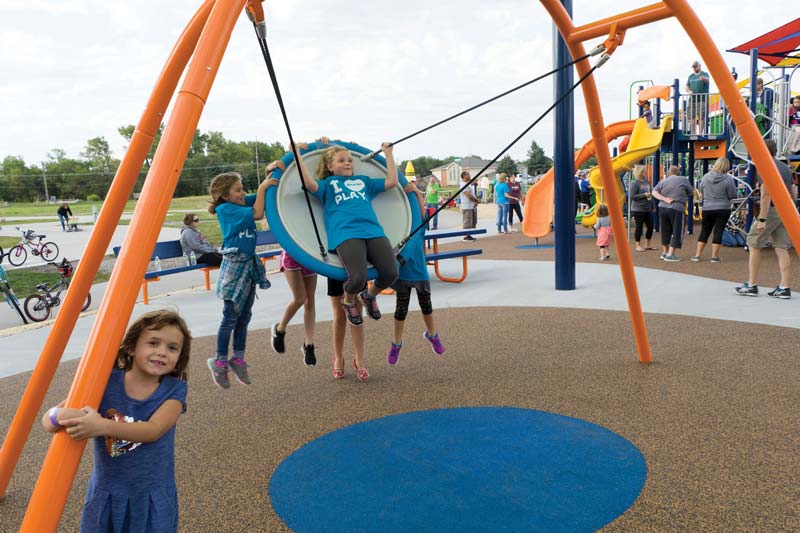
Play variety is another important factor to consider when designing any play space. Each category of play components brings a different developmental benefit and, with variety, children never run out of exciting things to do! Climbing builds confidence and develops a child’s upper, lower and core strength while teaching them to solve problems and evaluate situations. Spinning helps all children develop their inner ears and proprioception, the awareness of their bodies in space. Spinners that are designed for a variety of abilities provide an added bonus of emotional growth through cooperation and interaction. From the upper body strength and resiliency gained from overhead events and the balance and coordination from slides to the communication and imagination from rockers and the refuge and pretend play from playhouses and counters, it’s easy to see why play variety is one of the most important elements.

Having support from a community brings it all together. It could be teachers, parents, or, as in Afrank’s case at Embrace Park, someone who lives and works in the community and noticed a way to improve the lives of children. Creating a space for all children is more than worth the planning and it has the ability to bring the community together in a whole new way.


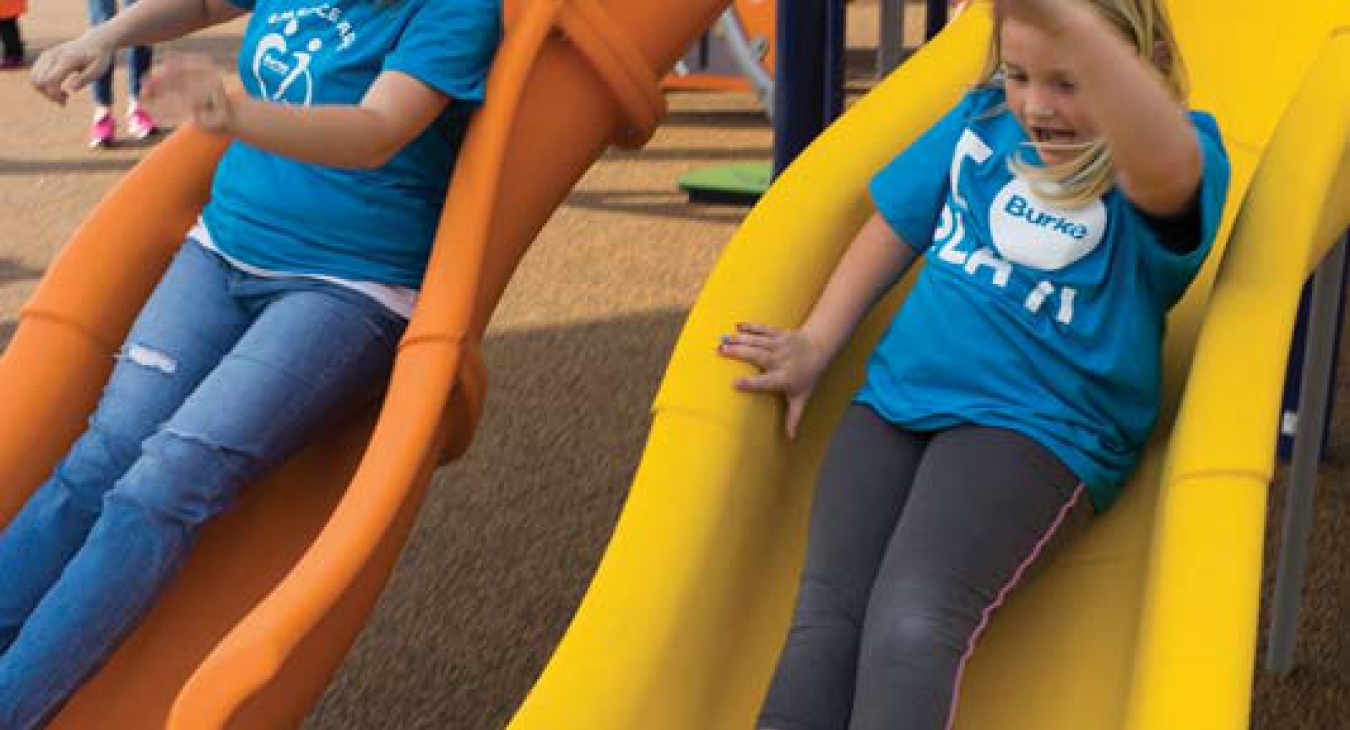
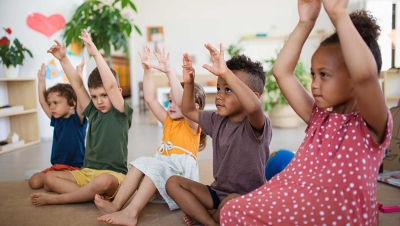
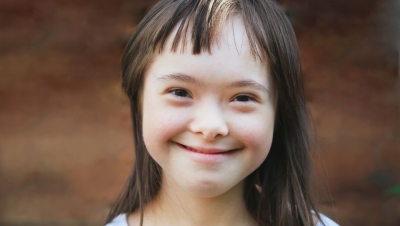


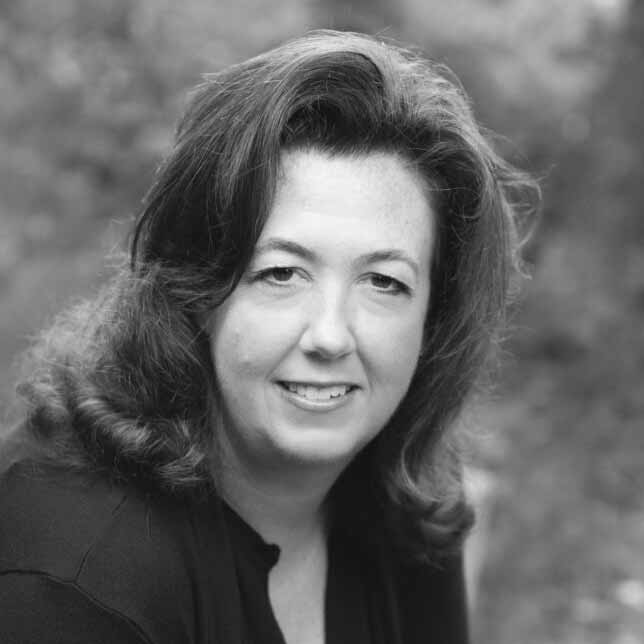
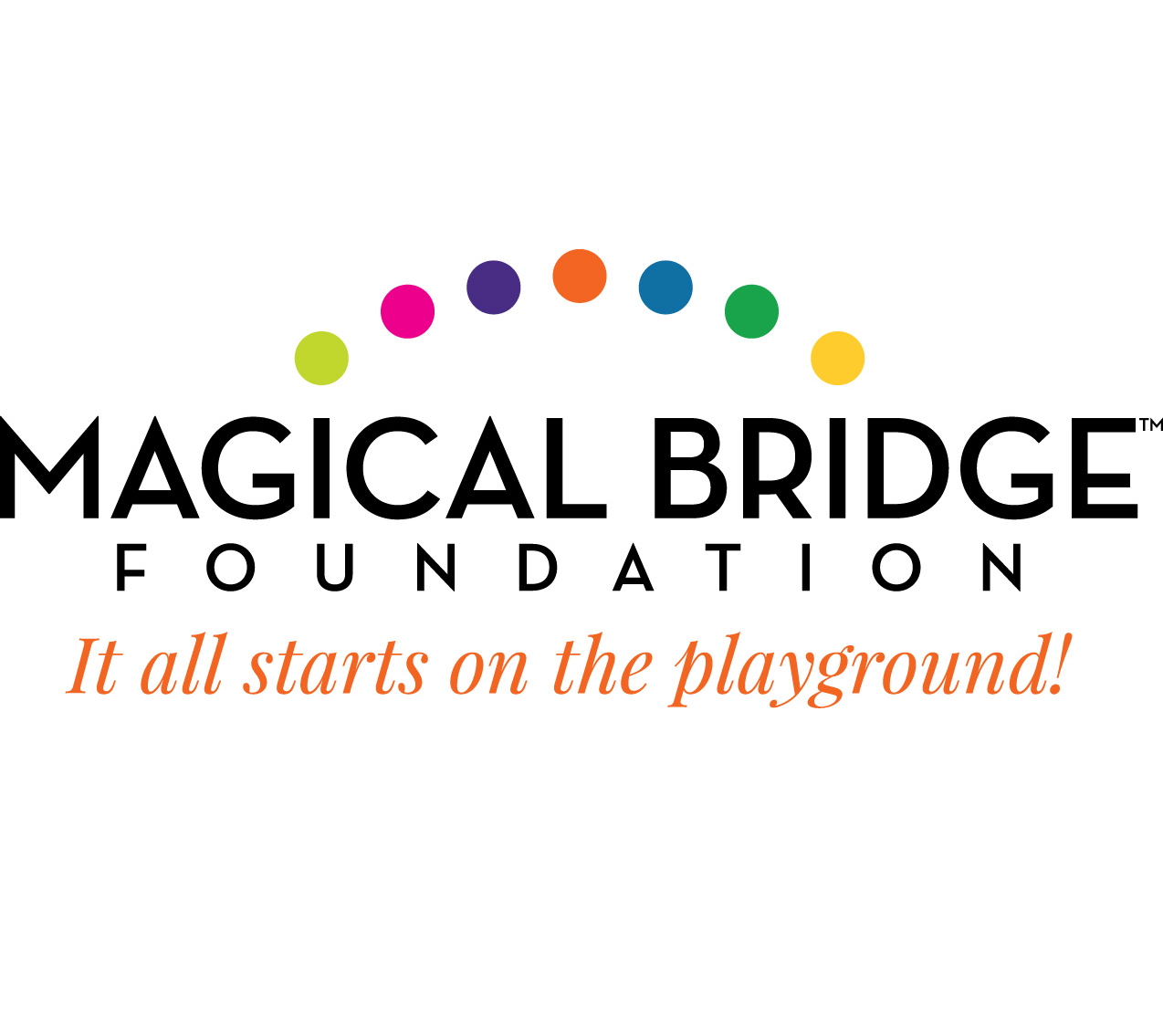



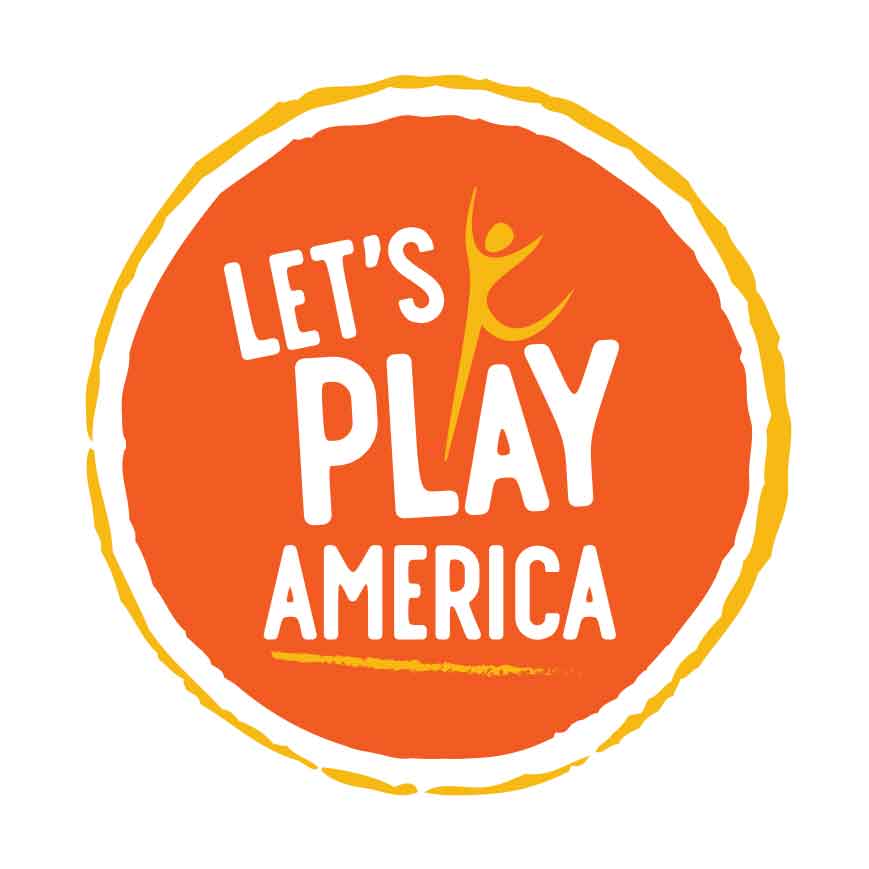
Add new comment